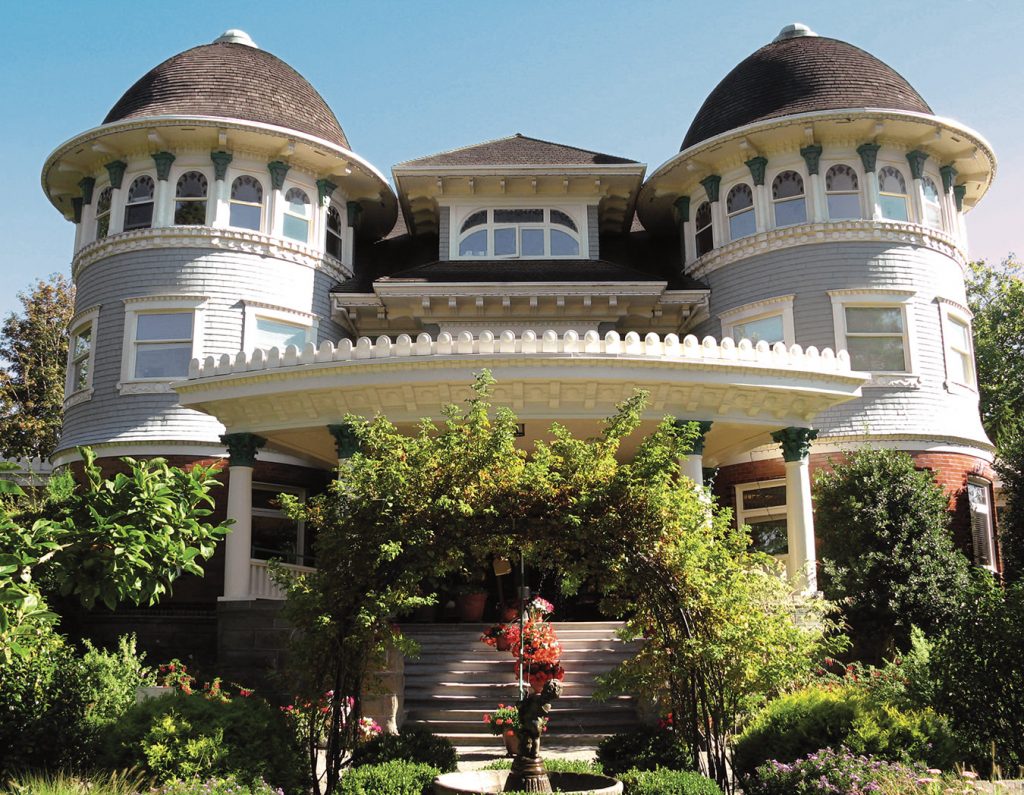Filomena Nalewajek is the chief executive officer of the Canuck Place Children’s Hospice. Much of her work could be said to be typical of what a CEO might do: oversee budgets, liaise with the business community and other constituents, and of course actually run the facility itself. But the comparison stops at some point, and a visit to Canuck Place quickly reveals why.
This is the first of its kind in North America, a children’s hospice that is a fully equipped, fully functioning active care facility—a hospital in almost every way. Most of the patients here would be in intensive care at BC Children’s Hospital. The criterion for admission, though, is that the child patient has been diagnosed with an imminently terminal illness. The purpose of Canuck Place is not only to deliver children outstanding hospital care, which they do with nursing staff who work full-time, day and night, and a roster of physicians from Children’s Hospital, who include the hospice in their rotation. It is also to allow a child’s family to stay with them, in effect live with them, until their passing.
Canuck Place has nine beds, and four family “suites”, which meet well under 20 per cent of the provincial demand. “We essentially need another facility, preferably in the Fraser Valley,” says Ms. Nalewajek. “The Provincial Government, and the Vancouver Canucks, provide a certain amount of support. The rest of what we need, we go out and raise the funds ourselves.”
There is the school, run by Joanne Ashdown. She and special education assistant Bridie Cloherty are part of the Canuck Place School Program operated by the Vancouver School Board. Joanne describes it as “a one-room schoolhouse from the early Prairies, in some respects.” She goes on to say, “Siblings can attend here, so they don’t fall behind in their education. And the patients themselves, of course. It amazes me, and inspires me; the desire to learn is so strong. There have been several instances of kids coming to class right up to the day before their passing.” It is a vibrant, lively room, students’ artwork lining the walls, books in neat shelf spaces; the only indication that it is part of a hospice is in the content of some of the art, which tends to feature themes of departure, of families left behind. Just outside the classroom is one particular poster, done by a six-year-old girl, that depicts her entire family, dog and cat included, on an airplane, herself still on the ground, waving goodbye. “Clearly, she understood the situation she was in, even though she was so young,” says Ms. Nalewajek. “And that is true in many cases. The truth is, these kids come here, enter your heart, and really never let go.”
There are the medical facilities. But there is also a counselling centre, symbolically set in the middle of the third floor, at the heart of the place. There is an art room, a recreational therapist, a Volcano Room, fully dedicated to bereavement therapy, and a fabulous family room with a playhouse and an air hockey table among the amenities, all provided as gifts by various donors. Frequent visits from the Vancouver Canucks themselves, add to the energy at the Hospice. This year’s Ambassador is Captain Roberto Luongo, who says, “It is a magical place that allows kids to be kids.”
That is the basic point of Canuck Place. It has, perhaps surprisingly, a positive atmosphere despite the central reality of it. The big kitchen is staffed by 350 volunteers, including a professional chef or two, and bustles with energy and chatter, most of the time. Ms. Nalewajek explains this a little further: “The families that stay here are able to go to sleep each night knowing the health care their child receives is the best in the world. The comprehensiveness of what we do in that regard is truly world-class.”
Demand continues to rise, and with 350 children and teens currently on the Canuck Place program in one way or another, they continue their fundraising in a professional, eyes-wide-open manner. But since Canuck Place is a Designated Heritage Site, there is no room for expansion, so another site will eventually come to pass. Premier Gordon Campbell, who as mayor of Vancouver was instrumental in getting the hospice started, and Arthur Griffiths are frequent visitors, meaning the political will appears to be there to help the Canuck Place evolve.
It is a challenge, but as Ms. Nalewajek says, “We just need people to really understand what we do. I don’t think it is generally understood, though, in terms of how complete a facility this is, and what demands are therefore placed on the system. Still, we think of it as a happy place, given the context.”
We are about to enter one of the medical treatment rooms, but she stops. “There is a lovely lamp on the central kitchen table downstairs. When it is turned on, it means a passing is imminent. This gives us the chance to acknowledge it, and to be mindful of it as we go about our day. When the child passes away, the light is turned off. We do not pretend or avoid the truth of the childrens’ conditions when they come here, but we strive to make it a happy experience, as much as possible. It was turned on just a while ago, so we won’t go into the palliative rooms today.”
The birds and squirrels that populate the extensive grounds, some of them traipsing along the gutters of the large playhouse in the back yard, are wonderfully oblivious to what occurs inside Canuck Place Children’s Hospice—unaware that as the day wears down, that table lamp is, for now, still lit.
Photos: Lindsey Donovan for Canuck Place.









